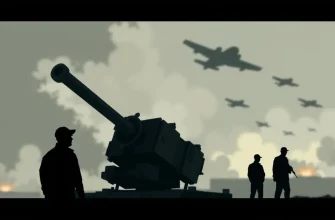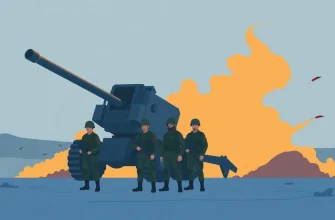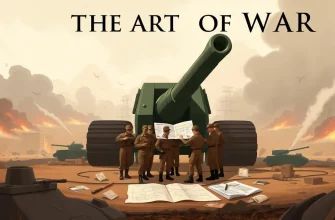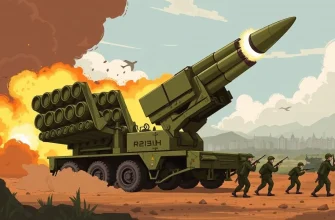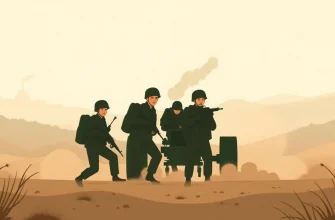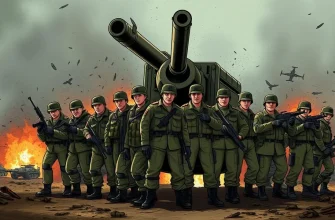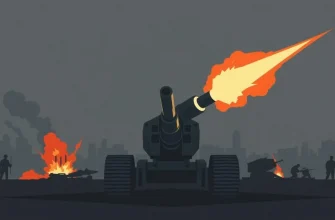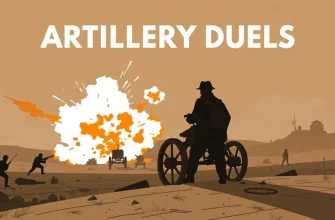Artillery has always played a pivotal role in warfare, shaping the outcomes of battles and the course of history. These films delve into the lives of artillery soldiers, capturing their courage, the technical prowess required, and the often overlooked but crucial role they played in real historical events. From World War II to modern conflicts, these movies provide a window into the high-stakes world of artillery, offering both education and entertainment for those fascinated by military history and the unsung heroes behind the guns.

The Guns of Navarone (1961)
Description: This classic war film recounts the daring mission of a group of Allied commandos tasked with destroying two massive German guns on the Greek island of Navarone during World War II. It's a testament to the strategic importance of artillery in military operations.
Fact: The film was based on the novel by Alistair MacLean, who was inspired by real WWII operations. The guns themselves were designed by the film's special effects team and were fully functional.
 Watch Now
Watch Now 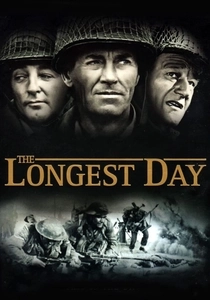
The Longest Day (1962)
Description: This epic film covers the D-Day invasion from multiple perspectives, including the strategic use of artillery to support the landings. It's a comprehensive look at the planning and execution of one of the largest military operations in history.
Fact: The film was shot in black and white to give it a documentary feel, and it features an international cast, reflecting the multinational nature of the invasion.
 Watch Now
Watch Now 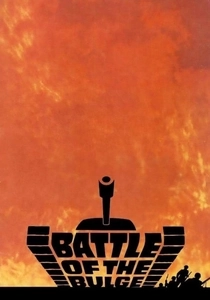
The Battle of the Bulge (1965)
Description: This film dramatizes the last major German offensive campaign on the Western Front during WWII, with significant focus on the artillery battles that characterized this conflict.
Fact: Despite its historical inaccuracies, the film was praised for its depiction of tank warfare and artillery engagements.
 Watch Now
Watch Now 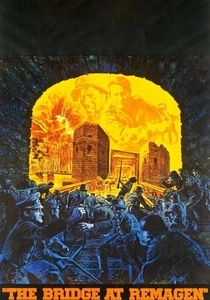
The Bridge at Remagen (1969)
Description: This film depicts the battle for the Ludendorff Bridge during the final days of WWII, where artillery played a crucial role in both the attack and defense of this strategic point.
Fact: The film was shot on location in Czechoslovakia, using actual WWII-era equipment.
 Watch Now
Watch Now 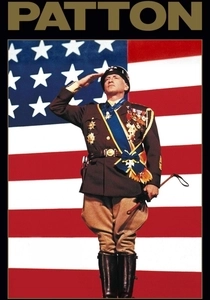
Patton (1970)
Description: General Patton's use of artillery in his campaigns is highlighted, showing how artillery was integral to his aggressive military tactics during WWII.
Fact: George C. Scott won an Academy Award for his portrayal of Patton, and the film is noted for its opening monologue.
 Watch Now
Watch Now 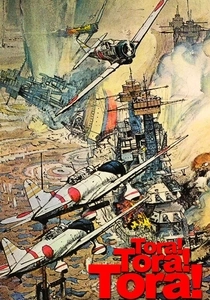
Tora! Tora! Tora! (1970)
Description: While primarily about the attack on Pearl Harbor, this film includes scenes of the U.S. Army's artillery response, illustrating the importance of artillery in defense strategies.
Fact: The film was a joint American-Japanese production, aiming for historical accuracy from both perspectives.
 Watch Now
Watch Now 
A Bridge Too Far (1977)
Description: Based on the failed Operation Market Garden, this film includes scenes of artillery bombardment, showing both the offensive and defensive uses of artillery in WWII.
Fact: The film was one of the most expensive ever made at the time, with a budget of $25 million, and it features a star-studded cast.
 Watch Now
Watch Now 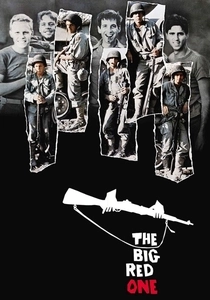
The Big Red One (1980)
Description: This semi-autobiographical film by Samuel Fuller includes scenes of artillery in action, reflecting the experiences of a WWII infantry squad.
Fact: The film was based on Fuller's own experiences in the 1st Infantry Division, known as "The Big Red One."
 Watch Now
Watch Now 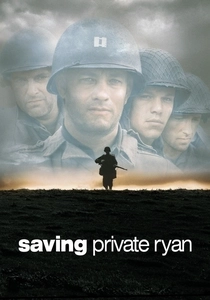
Saving Private Ryan (1998)
Description: While not solely about artillery, this Steven Spielberg masterpiece includes significant scenes showcasing the devastating power of artillery during the D-Day invasion, highlighting the critical role of artillery in WWII battles.
Fact: The film's opening sequence, depicting the Normandy landings, was so realistic that it caused some veterans to relive their traumatic experiences.
 Watch Now
Watch Now 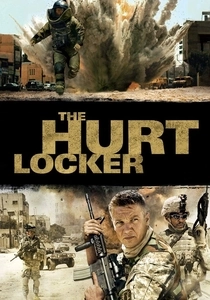
The Hurt Locker (2008)
Description: Although focused on bomb disposal, the film includes scenes where artillery plays a role in the broader context of modern warfare in Iraq, showcasing the evolving role of artillery in contemporary conflicts.
Fact: The film won six Academy Awards, including Best Picture, and was praised for its realistic portrayal of the Iraq War.
 Watch Now
Watch Now 

